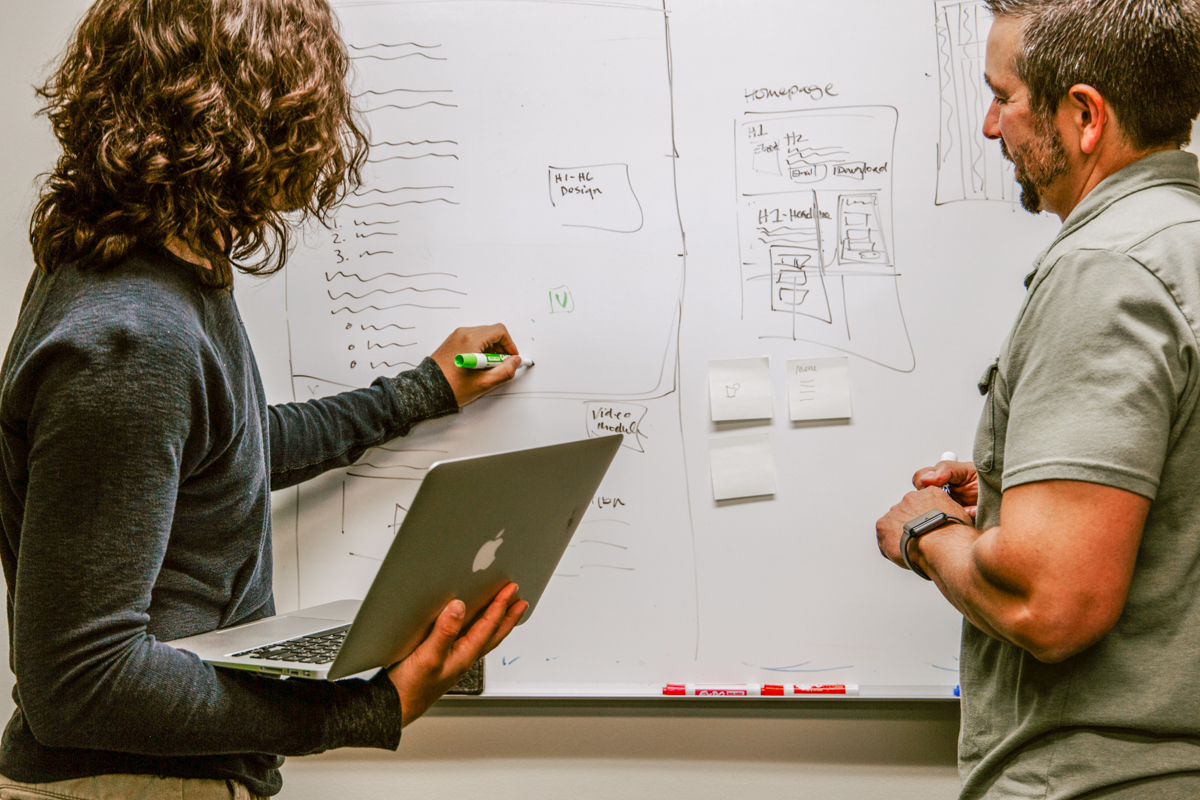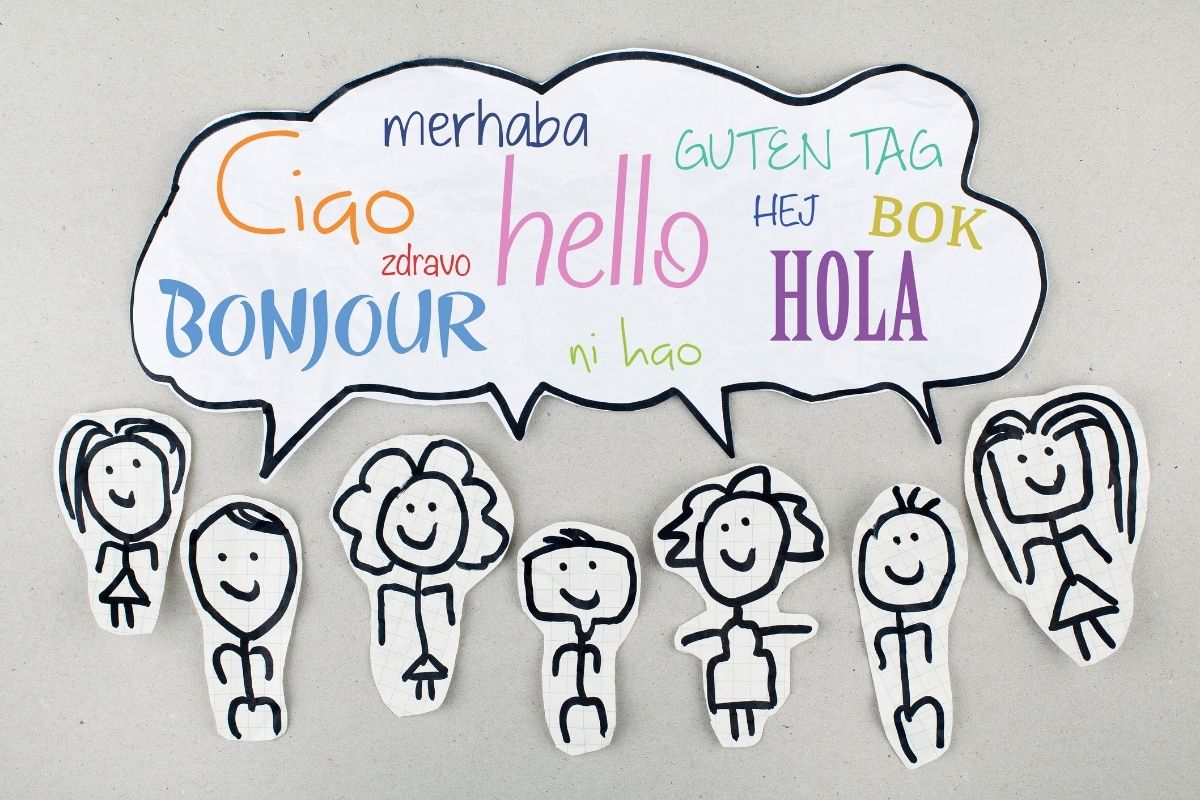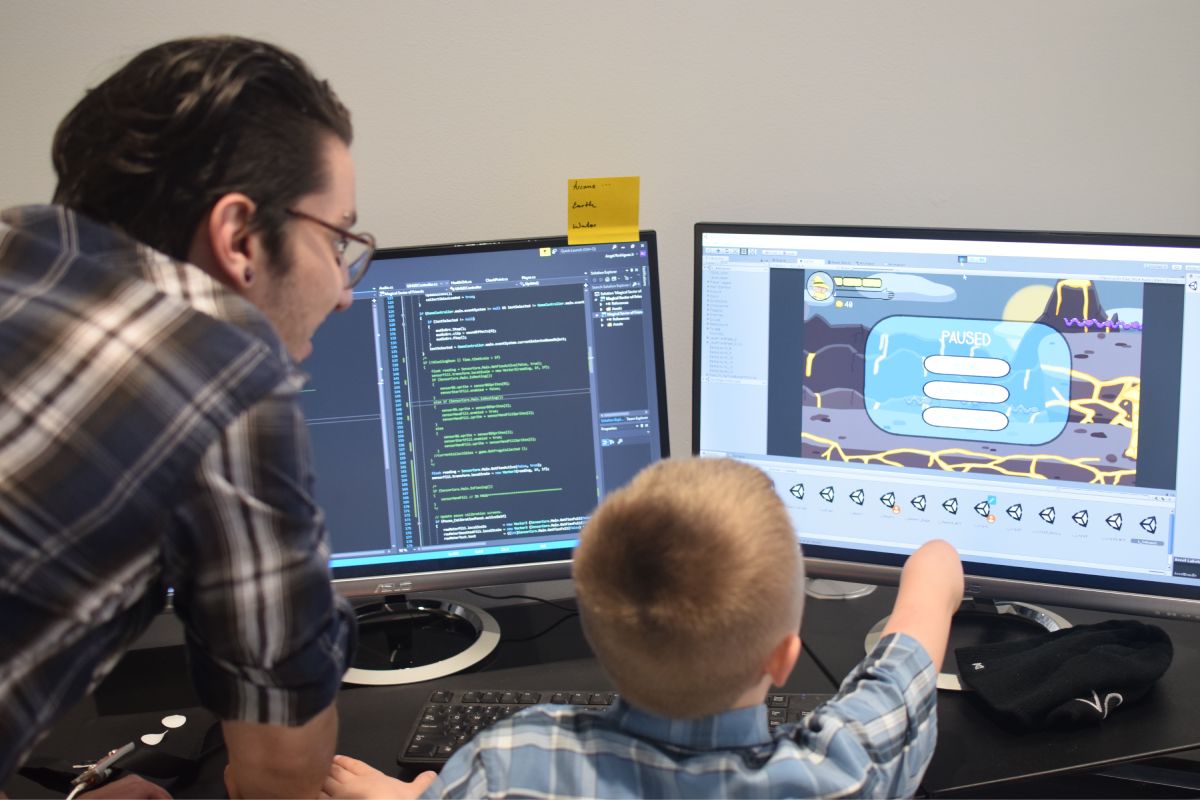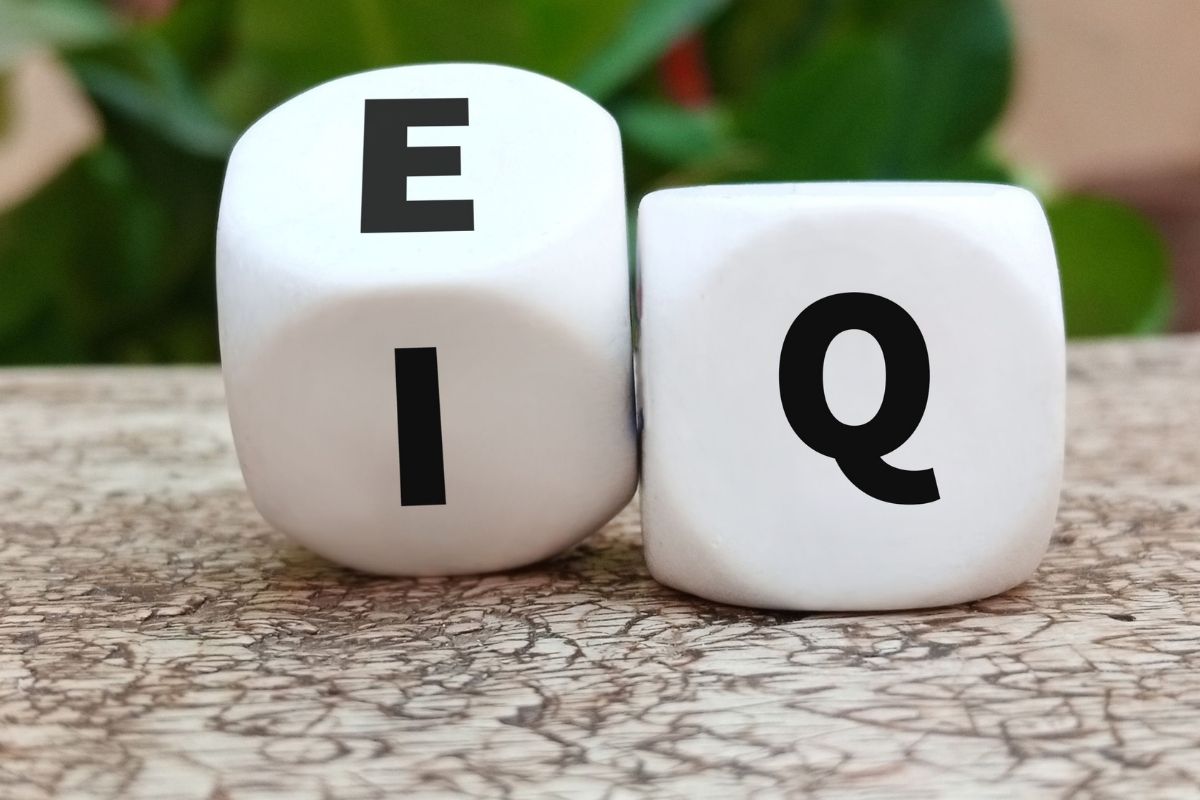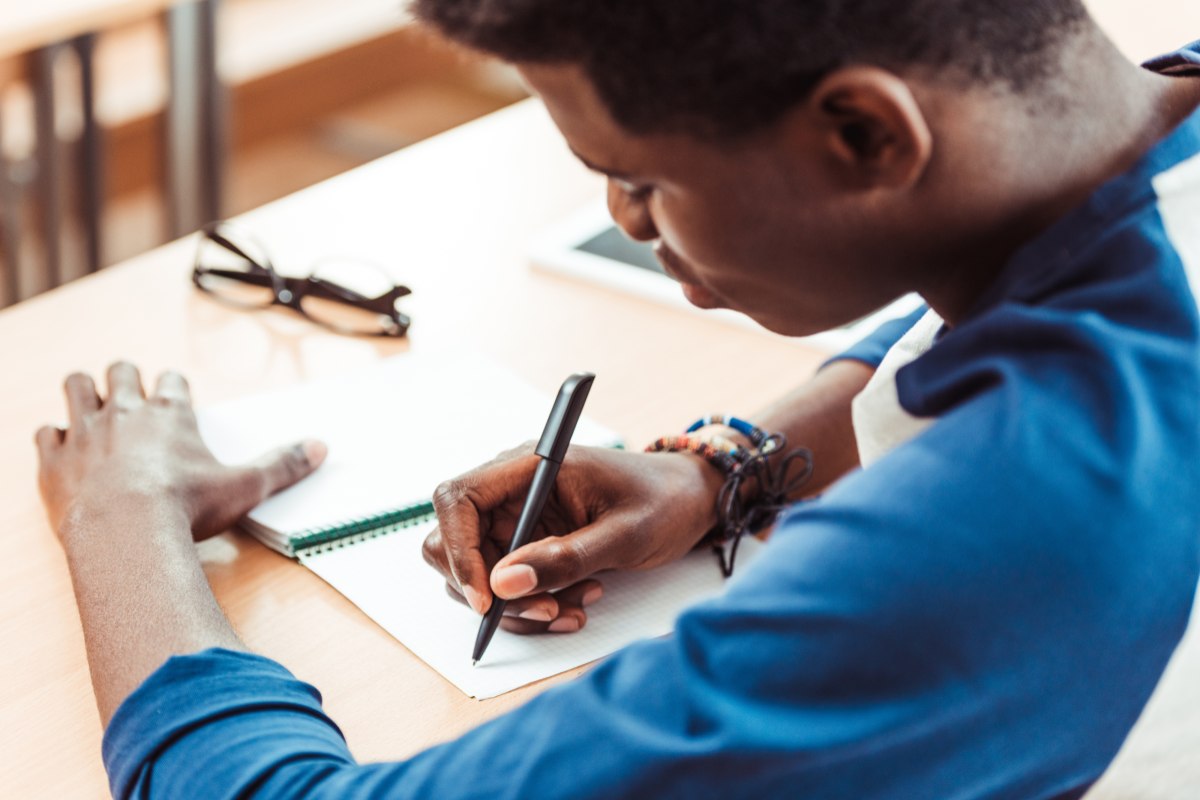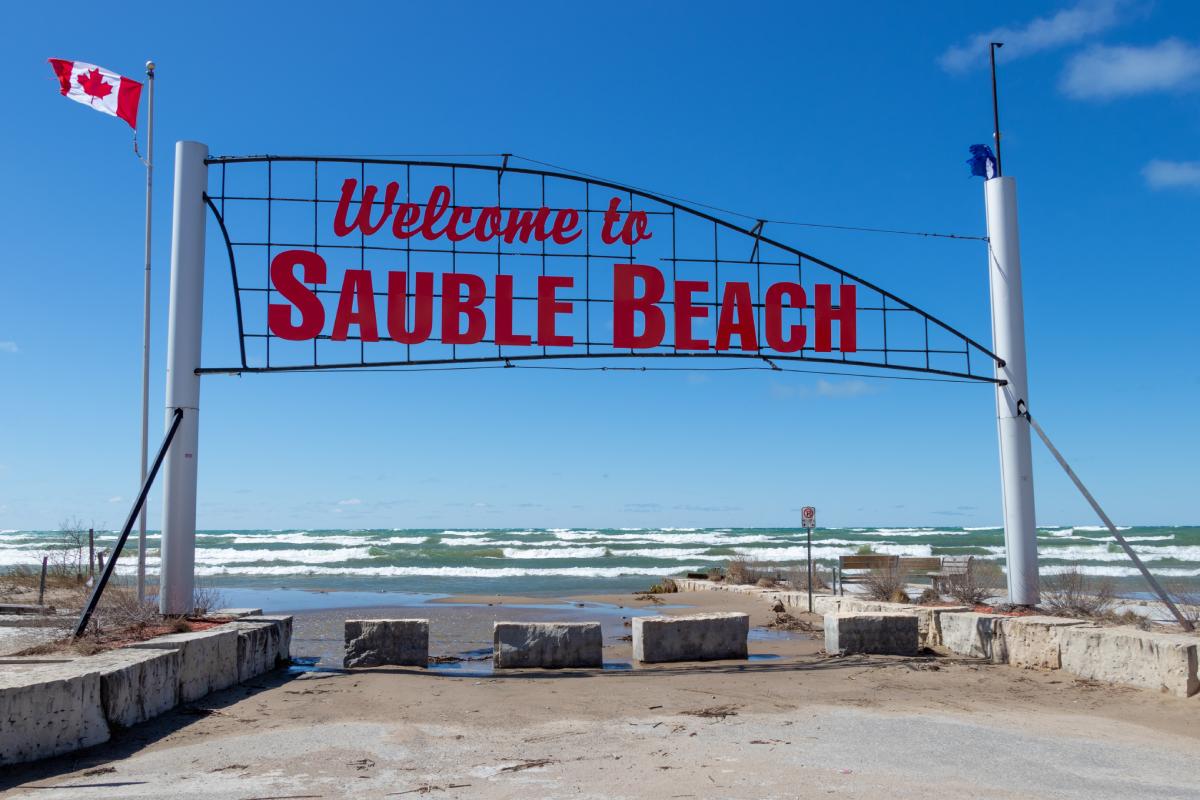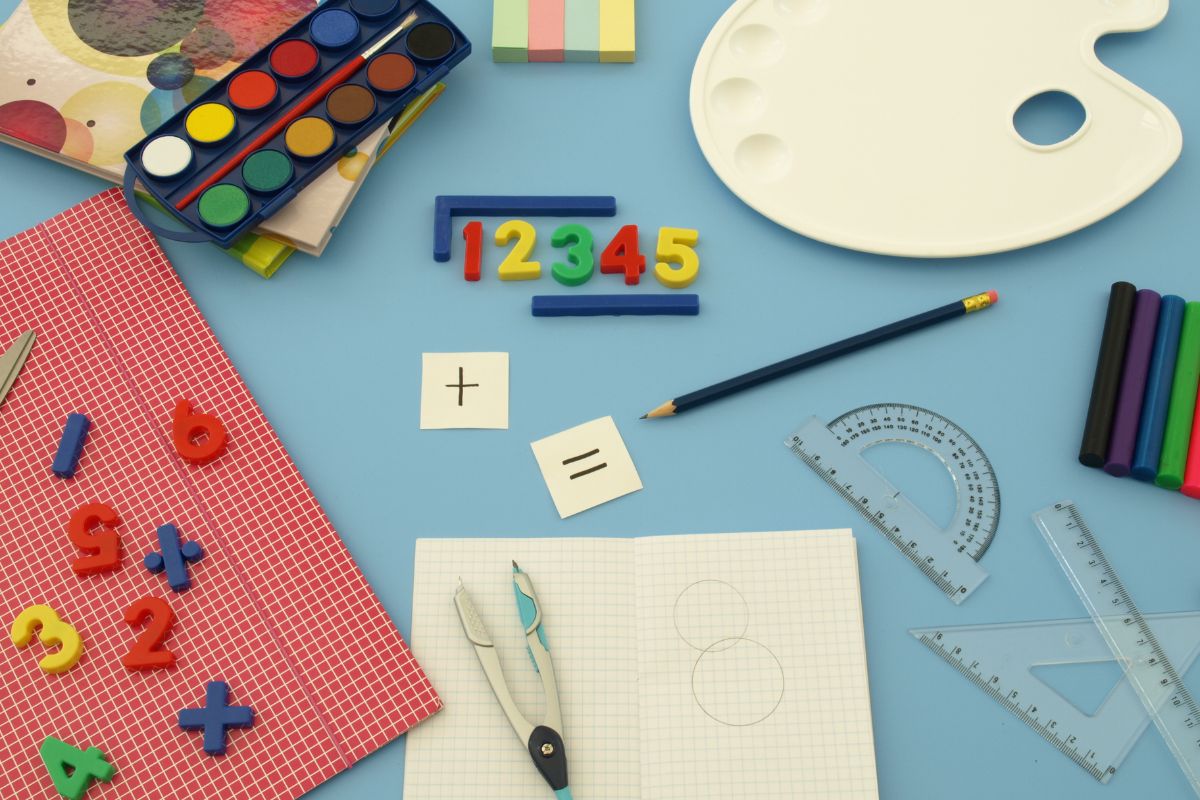Teach Mediation Skills to Strengthen Classroom Discipline
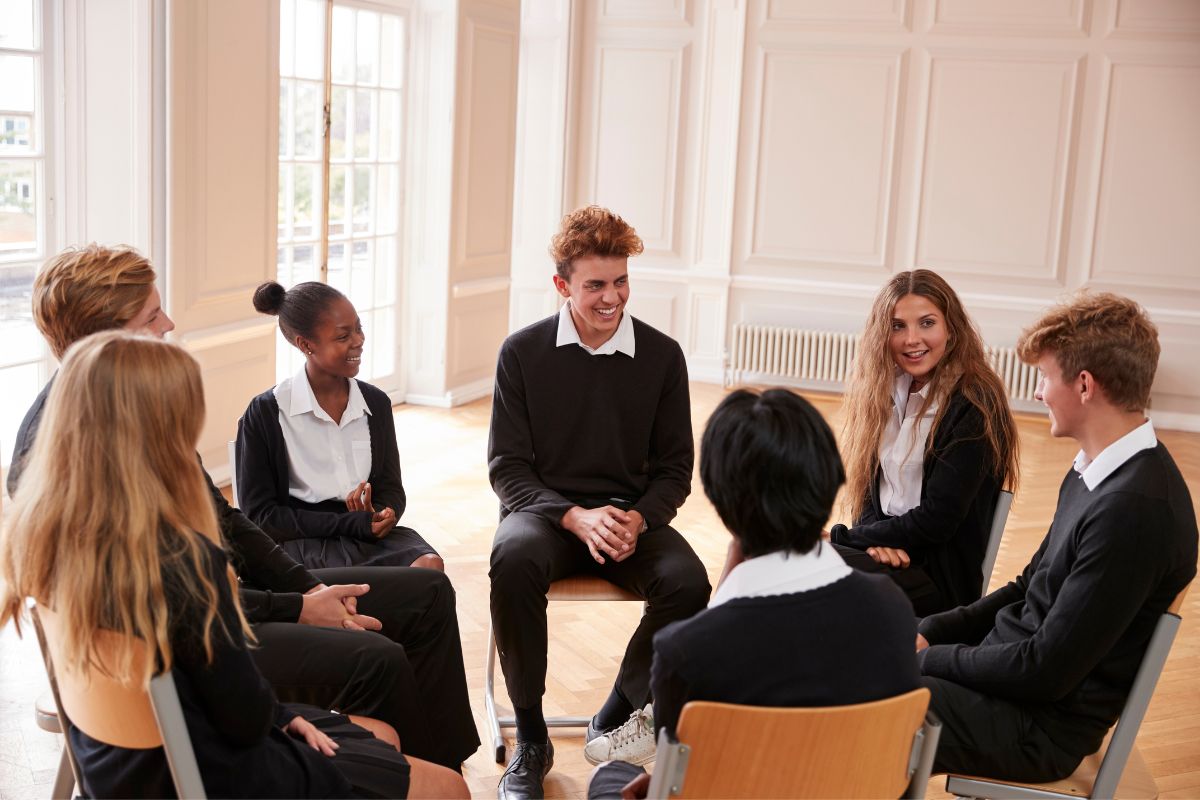
Often an educator can feel more like a referee than a teacher during a school year. Increase the capacity for conflict resolution in your classroom by teaching mediation skills to every student. The result could strengthen classroom discipline.
Why teach mediation skills in the 21st C?
Conflict is increasingly part of our lives. The world is facing a record number of conflicts and conflict within schools is increasing. Equip your students with mediation skills and invest in a more peaceful tomorrow. Research shows peer mediation is an effective method for conflict resolution. One mediator has proven to be beneficial in peer conflict. A classroom of mediators should help create a more peaceful climate. Equip each student with mediation skills. Encourage them to use mediation as a safeguard in a conflict situation.
Where do you start?
We change this trend of conflict escalation one person at a time. Young people have the capacity and competency to oversee their resolution of disputes when they have the appropriate tools and knowledge. The present-day classroom concentrates on listening skills, critical thinking, and problem-solving. Those skills are necessary for effective dispute mediation as well. The conflict resolution foundation is already there within your classroom.
Mediation requires effective communication. We know distraction is a major factor in the lives of our students. Refocusing on communication skills has broad application by improving classroom atmosphere and school-wide climate.
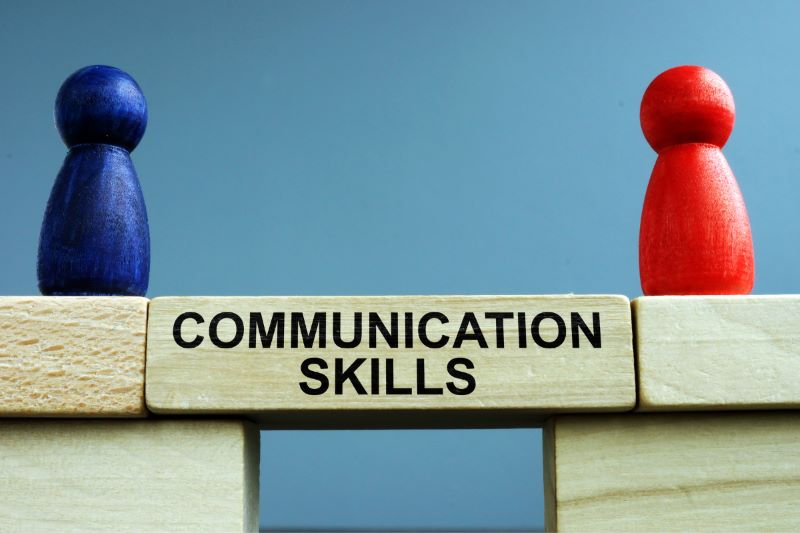
Mediation shifts the focus from punitive detention and suspension to a more inclusive one where students take responsibility for their actions. That is the starting point. The first step for each student in mediation is taking personal responsibility for their part in the conflict.
Mediation is a solutions-based approach to conflict. Prioritizing mediation implies hope and solutions as opposed to retribution. It shifts the focus from revenge to results.
Mediation training enriches emotional intelligence. There are numerous benefits when social-emotional learning is applied to conflict situations in the classroom. Foster resilience, empathy, and self-awareness when employing a collaborative approach in mediation. Teach the students in your class to think like mediators.
There are few guarantees in life, but conflict is one issue that will appear and reappear in the student’s life. Mediation skills are lifelong skills with a broad and enduring application. That is why understanding the elements of the mediation process is important for each student in the class.
The Mediation Model
Mediation is commonly called the ‘win-win’ solution to conflict situations. You begin by each agreeing to the ground rules of the mediation process. That includes not interrupting, telling the truth, and eliminating negative language like name-calling.
Identify the Problem
The real problem can get lost in a conflict. Anger can cloud perspective. Feeding the anger could be a loss of personal power because of the precipitating incident or conceivably another life situation in the day. All of which can lead to the interaction deteriorating quickly.
Mediation participants need to focus and listen actively. That requires making eye contact and asking appropriate questions to clarify information. Their body language should demonstrate they are engaged. That means respecting personal space, no arms crossed, leaning out, or negative expressions.
Collaboration is the key.
The first step is acknowledging there are two sides to the conflict. Each side tells its story without interruption in an agreed-upon amount of time. The responding side summarizes what was said to determine whether the story was heard correctly. Roles are reversed and repeated. Then each side is given time to summarize their impression of the conflict.
Together, brainstorm creative solutions. The conflict involved two people. It is a shared responsibility to find a solution. Not everyone has to like everyone, but everyone deserves respect in a classroom. Consider this a training ground for the outside world and the world of work. You will not like everyone on a job site, but you might be required to collaborate with them. Ultimately the goal is to treat every person with respect.
A Lesson in Conflict Resolution
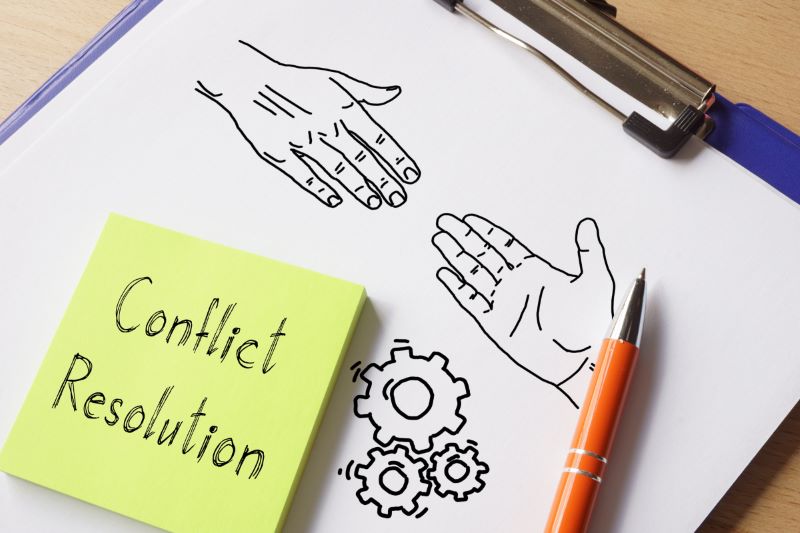
Offer the following lesson to teach the universality of conflict. Conflict, whether in their personal life, the classroom, or the world, can often be assigned to three categories –possessions, relationships, and territory. Take a world view with these categories and work your way down to the personal. How do those three categories play into each student’s area of conflict?
Why is mediation an important classroom tool?
Mediation boosts mutual understanding in a conflict. It can increase civility and increase bonds among your students. Collaboration is an important teaching tool where teachers offer group work or partners as a learning opportunity. This is just one more way to employ that technique in the classroom. With mediation as a conflict resolution tool, student insight elevates. The focus and belief are on a positive outcome.
Applying the social-emotional learning framework within mediation techniques, fosters empathy, understanding, and trust when dealing with conflict issues in the classroom. It can form the basis for conflict resolution techniques employed in their world outside the class. The best lessons are the ones that last a lifetime.
This article is available and can be accessed in Spanish here.


